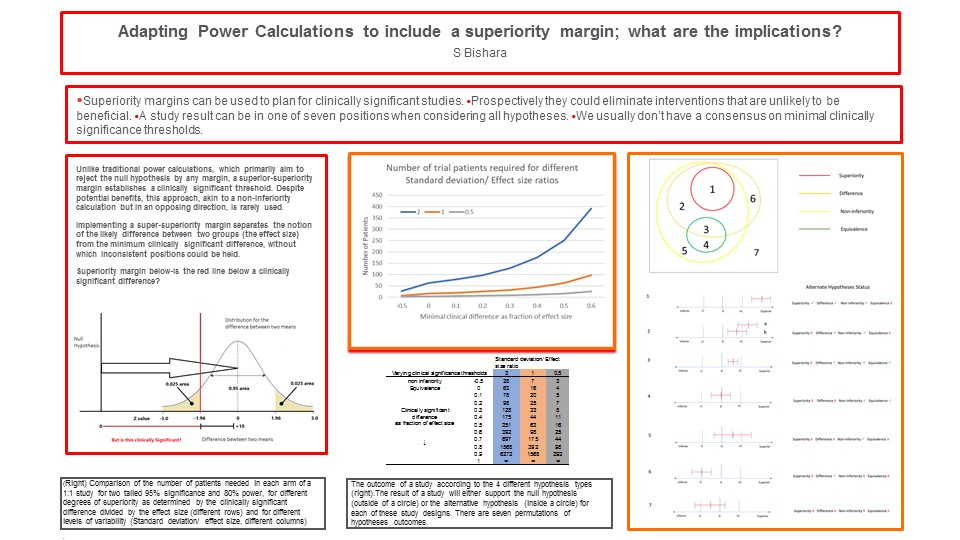Journal Information
Journal ID (publisher-id): BM
Journal ID (nlm-ta): Biochem Med (Zagreb)
Title: Biochemia Medica
Abbreviated Title: Biochem. Med. (Zagreb)
ISSN (print): 1330-0962
ISSN (electronic): 1846-7482
Publisher: Croatian Society of Medical Biochemistry and Laboratory Medicine
Article Information
Copyright statement: ©Croatian Society of Medical Biochemistry and Laboratory Medicine.
Copyright: 2024, Croatian Society of Medical Biochemistry
License (open-access):
This is an Open Access article distributed under the terms of the Creative Commons Attribution (http://creativecommons.org/licenses/by/4.0/) which permits unrestricted non-commercial use, distribution, and reproduction in any medium, provided the original work is properly cited.
Date received: 16 July 2023
Date accepted: 16 November 2023
Publication date: 15 February 2024
Publication date: 15 February 2024
Volume: 34
Issue: 1
Electronic Location Identifier: 010101
Publisher ID: bm-34-1-010101
DOI: 10.11613/BM.2024.010101
Adapting power calculations to include a superiority margin: what are the implications?
Samuel Bishara[*]
Author notes:
[*] Corresponding author: samuel.bishara2@nhs.net
Authorship contributions
SB is responsible for conceptualization, writing, review and editing.
• Superiority margins can be used to plan for clinically significant studies
• Prospectively they could eliminate interventions that are unlikely to be beneficial
• A study result can be in one of seven positions when considering all hypotheses
• We usually don’t have a consensus on minimal clinically significant thresholds
This paper examines the application of super-superiority margins in study power calculations. Unlike traditional power calculations, which primarily aim to reject the null hypothesis by any margin, a super-superiority margin establishes a clinically significant threshold. Despite potential benefits, this approach, akin to a non-inferiority calculation but in an opposing direction, is rarely used. Implementing a super-superiority margin separates the notion of the likely difference between two groups (the effect size) from the minimum clinically significant difference, without which inconsistent positions could be held. However, these are often used interchangeably. In an audit of 30 recent randomized controlled trial power calculations, four studies utilized the minimal acceptable difference, and nine utilized the expected difference. In the other studies, this was unclarified. In the post hoc scenario, this approach can shed light on the value of undertaking further studies, which is not apparent from the standard power calculation. The acceptance and rejection of the alternate hypothesis for super-superiority, non-inferiority, equivalence, and standard superiority studies have been compared. When a fixed minimal acceptable difference is applied, a study result will be in one of seven logical positions with regards to the simultaneous application of these hypotheses. The trend for increased trial size and the mirror approach of non-inferiority studies implies that newer interventions may be becoming less effective. Powering for superiority could counter this and ensure that a pre-trial evaluation of clinical significance has taken place, which is necessary to confirm that interventions are beneficial.
Keywords: biostatistics; power calculation; super-superiority margin; clinical significance; hypothesis testing



